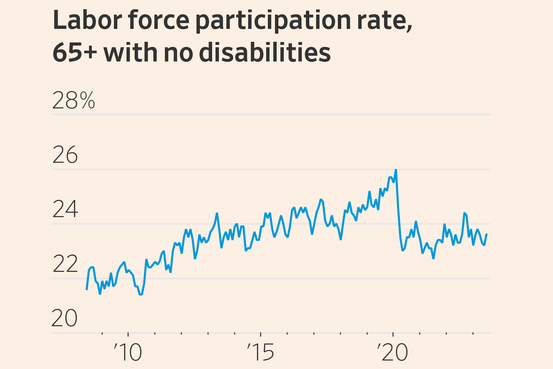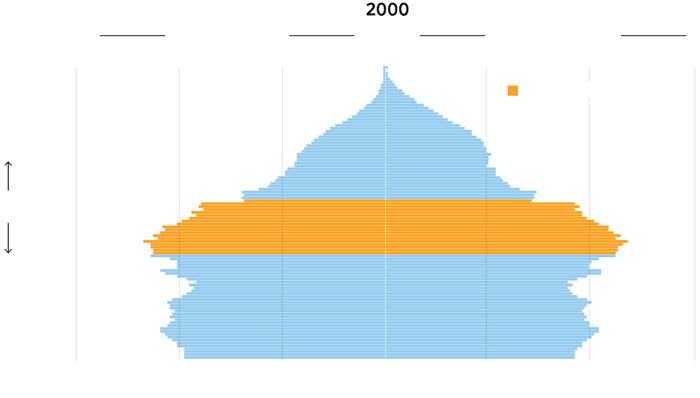News
U.S. Long-Term Labor Crisis: Its Economic Impact & Solutions

(CTN News) – In defiance of expectations, the U.S. economy has managed to sustain an unemployment rate below 4% for nearly two years.
Yet, this phenomenon isn’t solely a consequence of the pandemic; instead, it’s the result of a complex interplay of factors that have been brewing for decades.
The current labor shortages are metamorphosing into a long-term labor crisis, with profound implications for both the American workforce and the broader economy.
This blog post explores the elements contributing to this crisis, its potential repercussions, and the necessary strategies for tackling it.
The Convergence of Factors
For years, experts have sounded the alarm about a perfect storm brewing on the horizon—a convergence of factors that would culminate in a severe talent shortage for U.S. employers.
These factors encompass the retirement of the baby boomer generation, declining birth rates, evolving immigration policies, and shifting worker preferences.
Although the labor market is showing some signs of softening, none of these factors are expected to undergo dramatic shifts in the near future.
The baby boomers, America’s largest generation, are retiring en masse, with the youngest boomers reaching an average retirement age of around 64 by the end of 2028.
This mass exodus from the workforce creates a significant void that is challenging to fill. Even though the millennials, the next largest generation, are substantial in number, they cannot fully replace the outgoing baby boomers.
Moreover, immigration, historically a means of supplementing the labor force, remains a contentious issue with inconsistent policies.
Implications for the Labor Force
The consequences of this labor crisis are far-reaching. Total employment is projected to grow sluggishly, at a rate of approximately 0.3% per year until 2032, primarily due to population constraints.
This sluggish growth is likely to impede economic expansion and have an impact on the country’s GDP.
Wages are already reflecting the effects of labor shortages, having surged during the pandemic recovery and outpaced inflation. A sustained labor shortage could potentially lead to even more rapid wage growth in the foreseeable future.
While this may benefit workers in the short term, it could become unsustainable for businesses in the long run, possibly resulting in inflationary pressures.
Addressing the Labor Crisis
To mitigate labor shortages, several strategies must be considered:
- Immigration: A well-structured and stable immigration policy is a critical solution. Although immigration has rebounded after a pandemic-induced dip, the lack of a coherent policy framework remains a challenge. Business leaders emphasize the need for a well-planned immigration program to bridge the labor gap.
- Productivity Enhancement: Investing in automation, training, and process optimization can enhance the productivity of the existing workforce. This can help offset the effects of a labor shortage by enabling companies to achieve more with fewer employees.
- Diverse Labor Pools: Leveraging underutilized labor pools, such as individuals with disabilities and the formerly incarcerated, can expand the available talent pool and alleviate labor shortages.
- Reshoring: The resurgence of reshoring, supported by government subsidies, can create jobs and reduce dependence on a vulnerable global supply chain.
- Long-term Workforce Planning: Companies must adapt by offering flexible work arrangements, including part-time and remote work options, to attract and retain talent in an increasingly competitive labor market.
In Conclusion
The U.S. labor crisis presents a multifaceted challenge that demands proactive solutions. Fueled by demographic shifts, changing immigration policies, and evolving worker preferences, this crisis has the potential to reshape the American labor landscape.
To weather this storm, businesses and policymakers must collaborate on innovative strategies that ensure a stable and productive workforce for years to come. As the saying goes, “Hope is not a strategy.” It’s time to take decisive action.






























